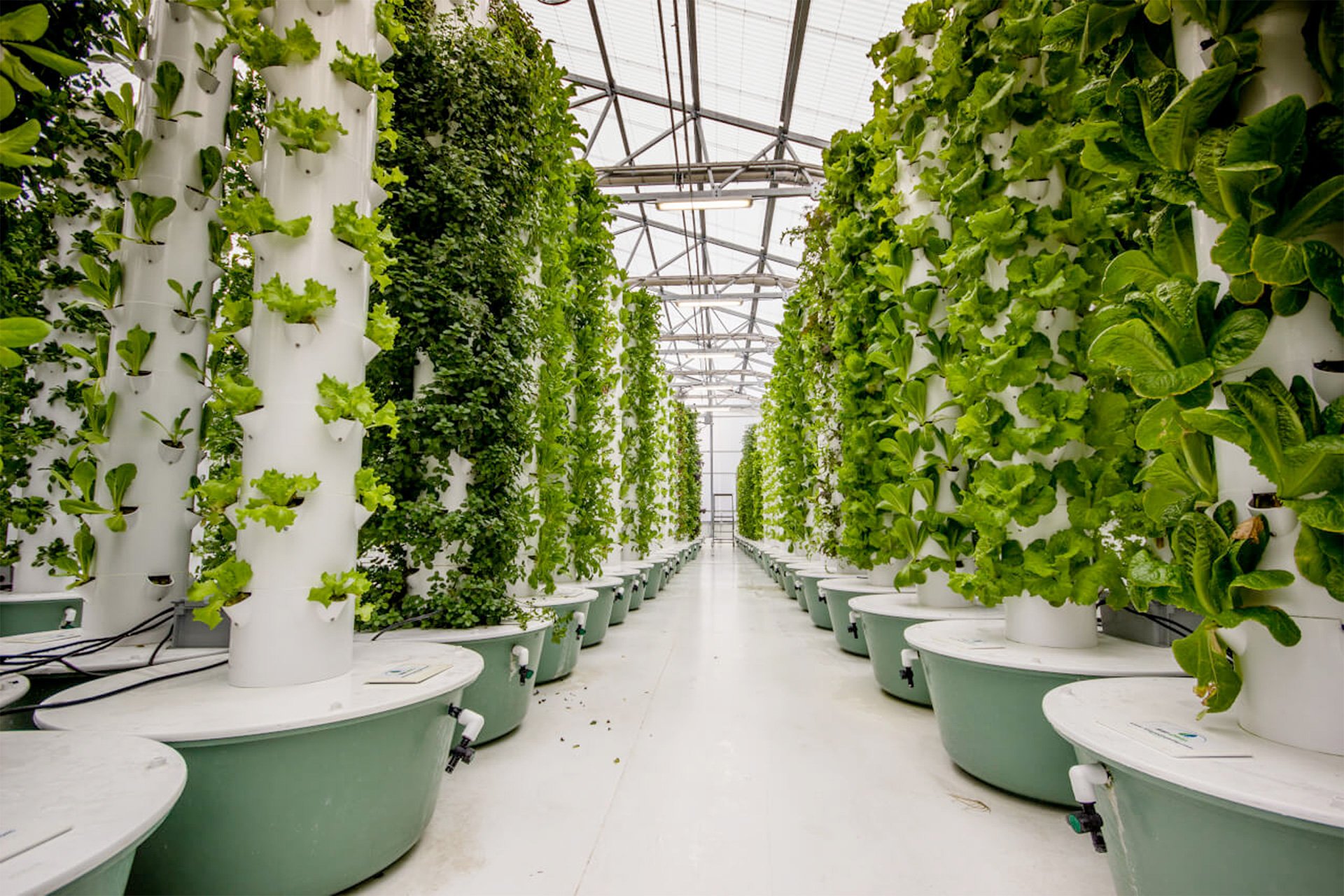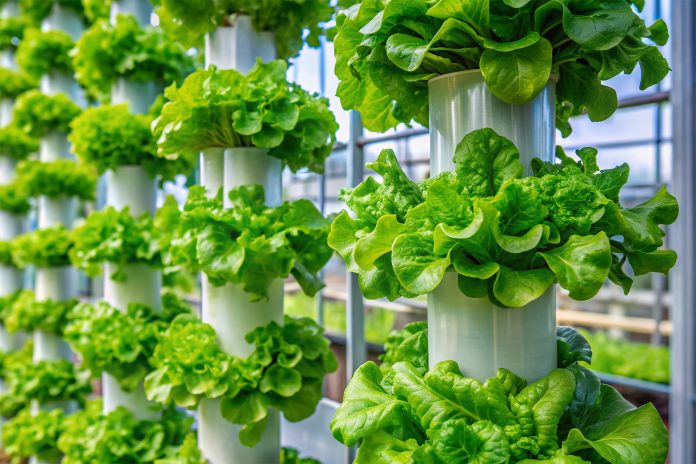As demand for sustainable and local food sources continues to rise, vertical farming with aeroponic towers is gaining attention as an efficient way to grow fresh produce—especially in urban areas and controlled environments. This method does away with soil entirely, instead misting plant roots with a nutrient-rich solution that’s recirculated to minimize waste.
The structure of an aeroponic tower typically consists of a vertical column with slots or holders for individual plants. Inside, the roots are suspended in air and regularly misted with a fine spray of water mixed with essential nutrients. This method delivers oxygen and nutrients directly to the roots, often leading to faster growth compared to traditional soil-based farming.
Aeroponic towers are particularly suited for crops like leafy greens (lettuce, kale, spinach), herbs (basil, parsley, cilantro), and even strawberries. The towers can be installed indoors under artificial lighting or outdoors with natural light, depending on the setup. In either case, the controlled environment means there’s no need for pesticides or herbicides, making the produce cleaner and potentially safer for consumption.
One of the most cited benefits of aeroponic vertical farming is water efficiency. According to industry estimates, these systems can use up to 90% less water than conventional farming. Since the water is recycled within the system, there’s minimal runoff, which also helps reduce environmental impact.
Space efficiency is another draw. By stacking plants vertically, growers can make better use of small plots, rooftops, or unused indoor space. This is especially relevant in urban settings where land is scarce and expensive. Some commercial systems are modular, allowing operators to scale their farm as needed.

Despite the benefits, there are notable challenges. The initial investment can be significant, given the need for specialized equipment, pumps, lighting (if indoors), and climate control systems. Additionally, aeroponics requires more technical oversight than traditional growing methods. Monitoring pH levels, nutrient concentration, misting schedules, and root health is critical to maintaining plant health.
Still, some companies are embracing the model. AeroFarms, a New Jersey-based vertical farming company, has been an early adopter. “We believe aeroponics allows for consistent, clean, and efficient farming in locations where traditional agriculture isn’t feasible,” said a spokesperson from AeroFarms. “By removing soil and minimizing water use, we’re making local food production more accessible.”
Systems like Tower Garden have also entered the consumer space, offering home-growers a compact way to grow their own greens on patios, balconies, or even indoors.
While pricing varies widely based on the scale and sophistication of the system, smaller home units typically start in the $500–$700 range, with larger commercial setups running into thousands of dollars depending on size, automation, and customization.
Overall, vertical farming using aeroponic towers presents a cleaner, more space-conscious way to grow food—especially in cities or areas facing land and water constraints. As urban populations grow and climate concerns rise, such systems may play an increasingly important role in localized food production.



